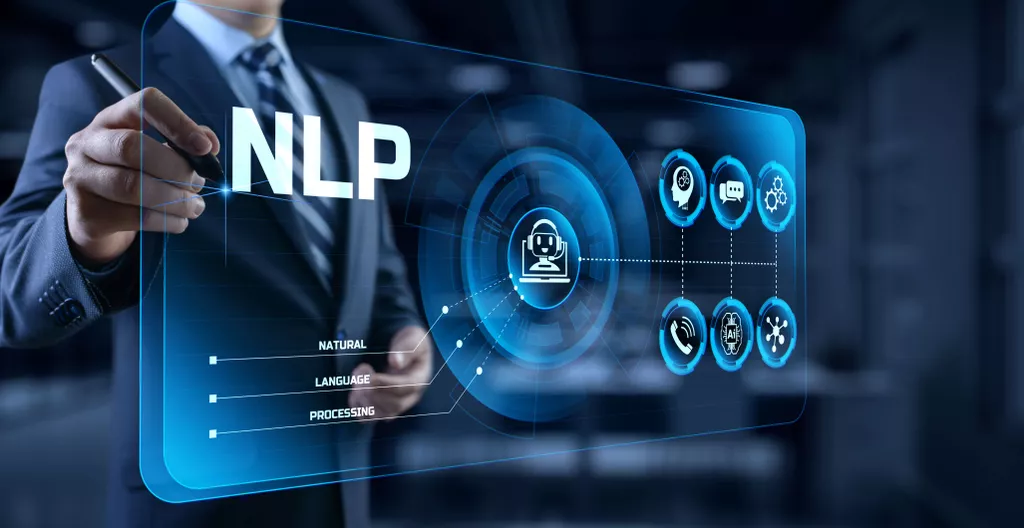What is Image Recognition their functions, algorithm

The future of image recognition is very promising, with endless possibilities for its application in various industries. One of the major areas of development is the integration of image recognition technology with artificial intelligence and machine learning. This will enable machines to learn from their experience, improving their accuracy and efficiency over time.

For the past decades, Machine Learning researchers have led many different studies not only meant to make our lives easier but also to improve the productivity and efficiency of certain fields of the economy. Artificial Intelligence and Object Detection are particularly interesting for them. Thanks to their dedicated work, many businesses and metadialog.com activities have been able to introduce AI in their internal processes. Health professionals use it to detect tumors or abnormalities during medical exams involving the recording of images (such as X-rays or ultrasound scans). Airport Security agents use it to detect any suspicious behavior from a passenger or potentially unattended luggage.
Hosted APIs – A Ready-to-use Computer Vision Engineering Team
The processes described by Lawrence proved to be an excellent starting point for later research into computer-controlled 3D systems and image recognition. Everyone has heard about terms such as image recognition, image recognition and computer vision. However, the first attempts to build such systems date back to the middle of the last century when the foundations for the high-tech applications we know today were laid.
Think of the automatic scanning of containers, trucks and ships on the basis of external indications on these means of transport. The sector in which image recognition or computer vision applications are most often used today is the production or manufacturing industry. In this sector, the human eye was, and still is, often called upon to perform certain checks, for instance for product quality. Experience has shown that the human eye is not infallible and external factors such as fatigue can have an impact on the results. These factors, combined with the ever-increasing cost of labour, have made computer vision systems readily available in this sector.
Step 4: Recognition of New Images
It’s the name of both a popular platform for solving scientific and mathematical problems and a programming language. This platform provides an Image Processing Toolbox (IPT) that includes multiple algorithms and workflow applications for AI-based picture analysis, processing, and visualizing as well as for developing algorithms. Most images taken with regular sensors require preprocessing, as they can be misfocused or contain too much noise. Filtering and edge detection are two of the most common methods for processing digital images. Now, you should have a better idea of what image recognition entails and its versatile use in everyday life. In marketing, image recognition technology enables visual listening, the practice of monitoring and analyzing images online.
AI and ML: What They are and How They Work Together? – Analytics Insight
AI and ML: What They are and How They Work Together?.
Posted: Fri, 09 Jun 2023 07:52:30 GMT [source]
Visual search uses features learned from a deep neural network to develop efficient and scalable methods for image retrieval. The goal of visual search is to perform content-based retrieval of images for image recognition online applications. Before the development of parallel processing and extensive computing capabilities required for training deep learning models, traditional machine learning models had set standards for image processing. The corresponding smaller sections are normalized, and an activation function is applied to them. Rectified Linear Units (ReLu) are seen as the best fit for image recognition tasks. The matrix size is decreased to help the machine learning model better extract features by using pooling layers.
Image Recognition
Since most deep learning methods use neural network architectures, deep learning models are frequently called deep neural networks. Most effective machine learning models for image processing use neural networks and deep learning. Deep learning uses neural networks for solving complex tasks similarly to the way the human brain solves them. AI detects images by leveraging a machine learning tool, particularly deep learning models such as CNNs. Training data on large labeled datasets to learn patterns, features, and relationships within images. By extracting and analyzing visual features, AI can classify and detect objects, faces, text, or scenes within images.
Overfitting refers to a model in which anomalies are learned from a limited data set. The danger here is that the model may remember noise instead of the relevant features. However, because image recognition systems can only recognise patterns based on what has already been seen and trained, this can result in unreliable performance for currently unknown data. The opposite principle, underfitting, causes an over-generalisation and fails to distinguish correct patterns between data.
The different fields of application for image recognition with ML
The problem has always been keeping up with the pirates, take one stream down, and in the blink of an eye, it is replaced by another or several others. Image detection can detect illegally streamed content in real-time and, for the first time, can react to pirated content faster than the pirates can react. In simple terms, the process of image recognition can be broken down into 3 distinct steps. We take a look at its history, the technologies behind it, how it is being used and what the future holds. When technology historians look back at the current age, it will likely be considered as the period when image recognition came into its own. Among other things, you can use PyTorch for building computer vision and natural language processing applications.

Moreover, AI and ML can help AR image recognition to perform complex tasks, such as object detection, segmentation, classification, and tracking. AR image recognition is the process of detecting and matching images or parts of images in the real world with digital information or actions. For example, an AR app can scan a QR code or a logo and display relevant content or options on the screen. AR image recognition can also recognize faces and biometric features, such as fingerprints or irises, and verify the identity of a user or grant access to a service. AR image recognition relies on AI and ML algorithms to process and compare the input images with a database or a model.
Hive Data
There are many methods for image recognition, including machine learning and deep learning techniques. The technique you use depends on the application but, in general, the more complex the problem, the more likely you will want to explore deep learning techniques. For example, Google Cloud Vision offers a variety of image detection services, which include optical character and facial recognition, explicit content detection, etc. and charge per photo.
Understanding convolutional neural networks – Embedded
Understanding convolutional neural networks.
Posted: Tue, 06 Jun 2023 15:58:05 GMT [source]
Convolutions work as filters that see small squares and “slip” all over the image capturing the most striking features. Convolution in reality, and in simple terms, is a mathematical operation applied to two functions to obtain a third. The depth of the output of a convolution is equal to the number of filters applied; the deeper the layers of the convolutions, the more detailed are the traces identified. The filter, or kernel, is made up of randomly initialized weights, which are updated with each new entry during the process [50,57].
Current Image Recognition technology deployed for business applications
Then, the neural networks need the training data to draw patterns and create perceptions. Image recognition is the process of identifying and classifying objects, patterns, and textures in images. Image recognition use cases are found in different fields like healthcare, marketing, transportation, and e-commerce. It can be used to identify objects in images to categorize them for future use.
How is AI used in visual perception?
It is also often referred to as computer vision. Visual-AI enables machines not just to see, but to also understand and derive meaning behind images and video in accordance with the applied algorithm.
The algorithm explores these examples, learns about the visual characteristics of each category, and eventually learns how to recognize each image class. AR image recognition is a promising and evolving technology that can have many applications and implications for security and authentication. As AI and ML advance, AR image recognition can become more accurate, efficient, and adaptive.
How is AI used in image recognition?
Machine learning, deep learning and neural network are all applications of AI. Image recognition algorithms compare three-dimensional models and appearances from various perspectives using edge detection. They're frequently trained using guided machine learning on millions of labeled images.


Leave a Reply
Want to join the discussion?Feel free to contribute!